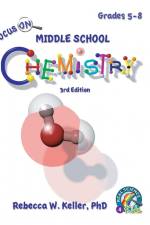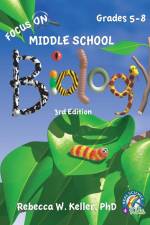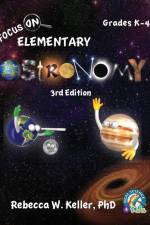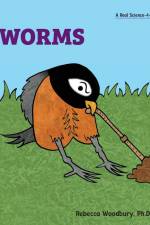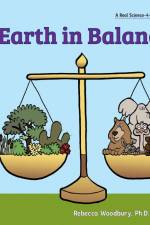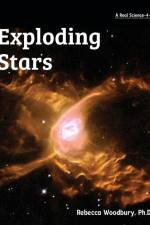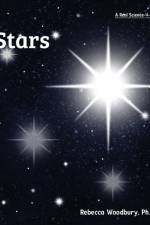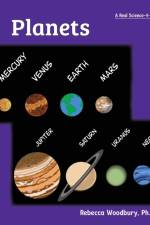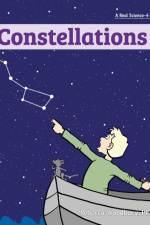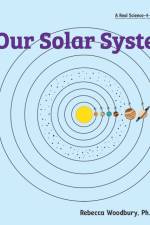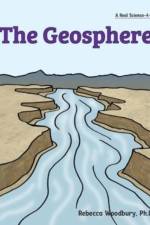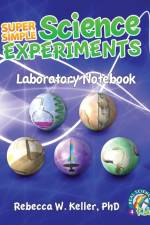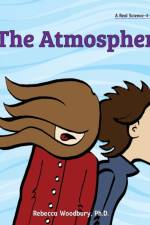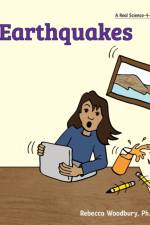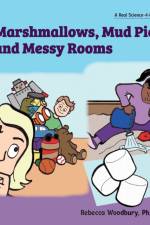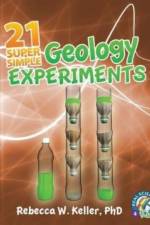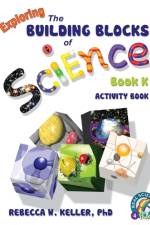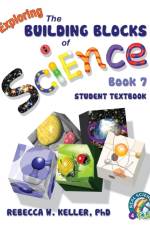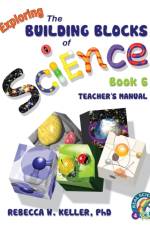av Rebecca Woodbury Ph. D.
177
Fish are animals that swim in water and are found in lakes, rivers, streams, and oceans. There are three types of fish: bony fish, cartilage fish, and fish without jaws. Bony fish, such as bass, are the most common and are named for their skeletons which are made of bones. Bony fish have a swim bladder that allows them to adjust their depth in the water by putting more air in the bladder to rise or releasing some air to sink. Cartilage fish, such as sharks, have a skeleton made of cartilage, which is strong, light, and can bend. They don't have a swim bladder. Lampreys are a type of jawless fish that eat with a round mouth lined with lots of teeth. Fish are an important food for people and animals, and most of the fish that are eaten are bony fish, including salmon, tuna, and trout.A pronunciation guide of scientific terms is included. 24 pages filled with engaging, colorful illustrations. Reading Level 1-3, Interest Level 2-5, Word count 226, Lexile measure 570L.


